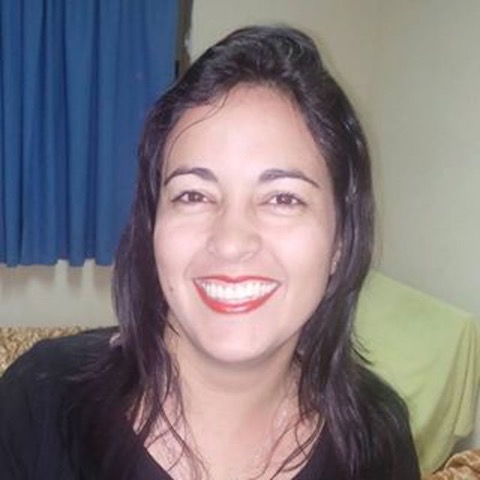Harris Eisenstadt: Thank you for speaking with me. Could you please introduce yourself and your role in the collective?
Liliam Cedeño: My name is Liliam Cedeño and I am the director of everything that entails visual art with El Almacén.
What is El Almacén’s mission, from your perspective?
Essentially what we’re trying to do is open ourselves to all the different artistic manifestations, and our job is to fuse them, to create other avenues, specifically citing the work John Cage did.
How do folkloric and contemporary arts coexist under the same roof?
We start with having a production house with a mission to promote the most alternative and also folkloric of our artistic productions, with the motto of, effectively, collaborating with all of the different manifestations.
How is education part of El Almacén’s mission?
The work that we do with the students of middle school, from the music program from the National School of the Arts, and also the work with we've done with the University of Matanzas, trying to teach the young generation about fusing all the arts forms. It’s a process we've seen done outside of Cuba and it’s been well documented.
What do the most avant-garde/contemporary arts and practices have in common with the most folkloric, the most old-school art forms?
I think the most avant-garde and folkloric manifestations will come together in our daily lives—the process of artistic creation is where we meet, to understand, regardless of the art form, this is a legacy that were leaving. That’s exactly where we meet; in the creative process. Regardless of your walk of life, we’re all creating. With this I’m actually saying that the most avant-garde expression and the most folkloric expression have a point in common and that’s creation.
Is it true that they share an essentially noncommercial nature?
Yes. That’s very important too. Being noncommercial, our job is focused towards promoting artists in the city of Matanzas.
How, then, does the folkloric community who maybe didn’t know about Cage, or the Bauhaus artists, how do they respond to this idea of “we’re all in this together, artistically?”
I was always inspired by the Bauhaus artists who said anybody can create, anybody can be an artist. We all have it within us, the ability to make art. So whatever the manifestation is, people will relate to that idea, that we all can become artists.
What is the way forward for El Almacén, then, and how will it involve the Afro-Cuban community?
2016 is a very important year to us because we’re adding to one of the missions of El Almacén, which is to add people to our cause. We want to add people from all walks of life, not being exclusive of anybody, but rather inclusive of everybody, for people to feel empowered through the collective, to create and defend the arts. I feel personally that I respect a great deal all of the beliefs. Someone might believe in the Afro-Cuban religions, some might not, but art implicates all of us. The creation process implicates all of us, and those are the people we want to bring. Culture implicates all of us.
Are you finding that’s a message people are receptive to?
I think so. El Almacén is finding out that we have many friends. There are people daily who add themselves to the group, who join us. Everywhere we go we have lots of friends in the city, you know. El Almacén is walking.









